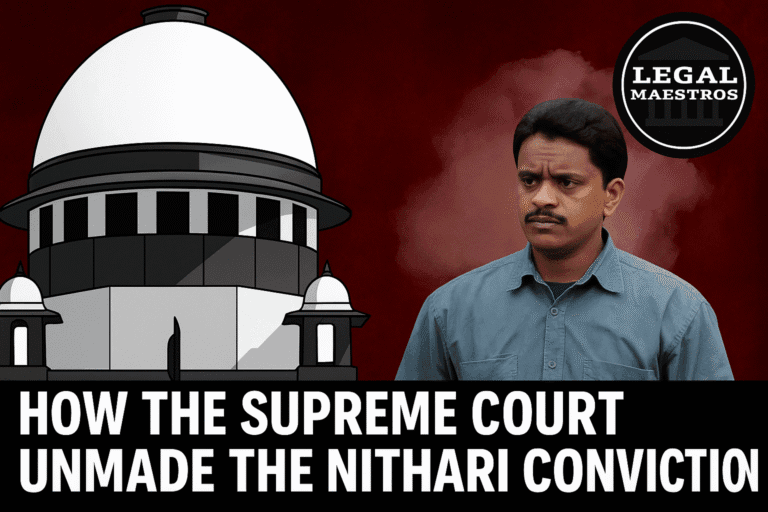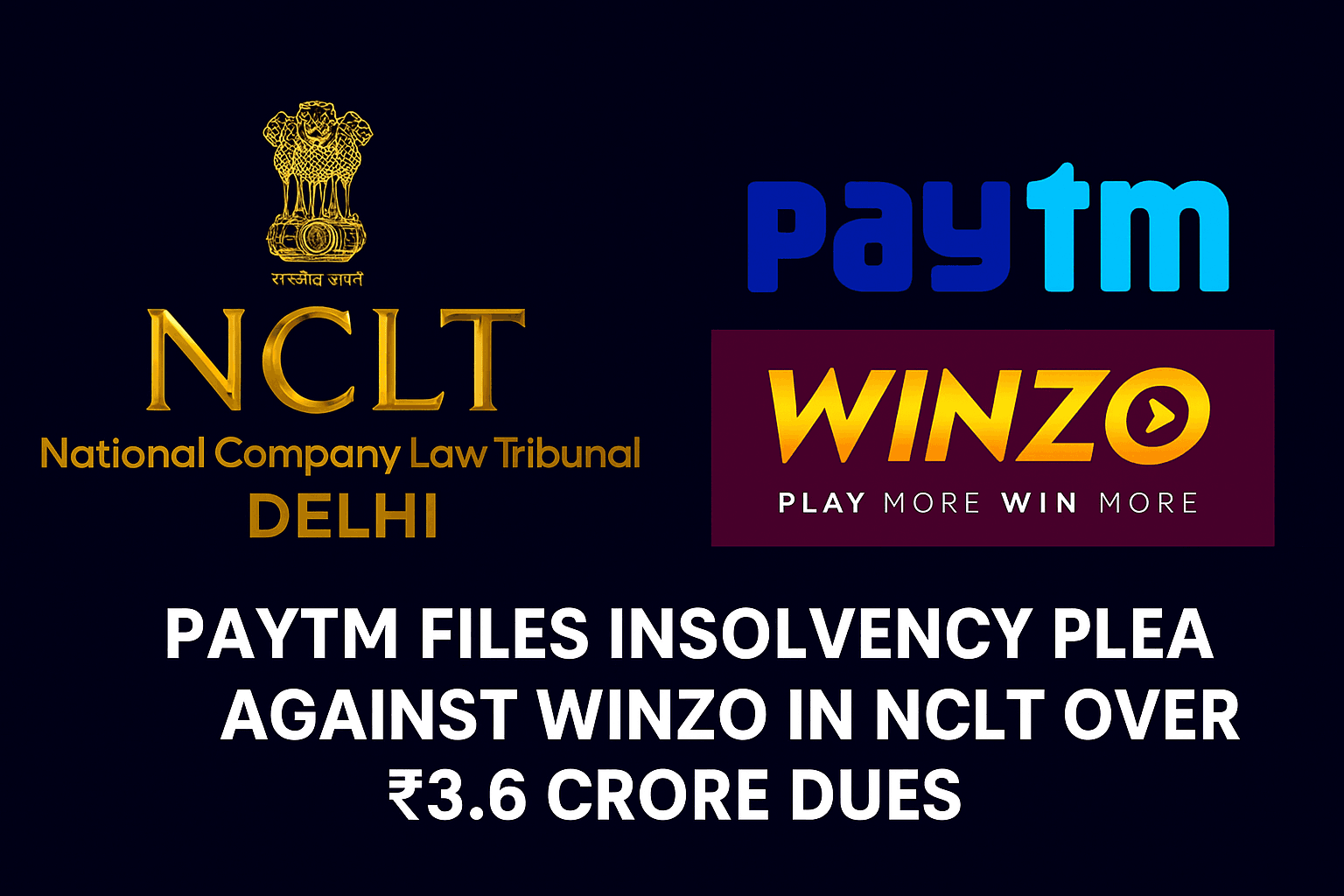
Obscenity in "Housefull 5" Movie : Obscenity Laws in India under Bhartiya Nyay Sanhita, 2023 and Landmark Judgements
Introduction
In Indian law, obscenity functions as a complicated junction between the expression of an individual’s individuality and the standards of society. Having been historically controlled by the Indian Penal Code (IPC), the landscape underwent a significant transformation when the Bharatiya Nyāya Saṃhitā (BNS), 2023 was enacted.
This law, which came into effect on July 1, 2024, replaced the portions of the IPC that were pertaining to criminal offenses. “Obscenity” is a term that is used in the legal system to describe any act or expression that violates modern moral norms. The term originates from the Latin word “obscaenus,” which means “disgusting” or “indecent.”
It has developed via significant cases such as “Queen v. Hicklin” (1868) . The difficulty that courts and regulators continue to face is striking a balance between the authority of the state to impose “reasonable restrictions” in the interest of public morality, as outlined in Article 19(2) of the Constitution, and the creative freedom that is guaranteed by Article 19(1)(a) of the Constitution.
For any queries or to publish an article or post or advertisement on our platform, do call at +91 6377460764 or email us at contact@legalmaestros.com.
Obscenity Framework under the Bharatiya Nyāya Saṃhitā, 2023
When it comes to violations of public decency and morals, the BNS restructures and refines the offenses that fall under Chapter XV. The sale, publishing, or display of obscene books, writings, paintings, or other materials is considered a criminal offense under Section 294.
For first-time offenders, the punishment includes imprisonment for a maximum of two years and a fine of up to ₹5,000. According to Advocate Khoj’s website, Section 295 concerns the sale or distribution of obscene goods to children.
The punishments for this offense include imprisonment for a maximum of three years (for the first conviction) and up to seven years (for successive convictions), as well as fines of up to ₹5,000 (advocatekhoj.com and 4).
For any queries or to publish an article or post or advertisement on our platform, do call at +91 6377460764 or email us at contact@legalmaestros.com.
In the meanwhile, Section 296 imposes a penalty for any obscene conduct or recital of indecent music in public places, which can result in jail for a maximum of three months or a fine of up to ₹1,000, or both possibilities. The intention of the BNS to modernize legislation that date back to the colonial era while maintaining fundamental moral protections is highlighted by these clauses.
For More Updates & Regular notes, Join Our WhatsApp group (https://chat.whatsapp.com/DkucckgAEJbCtXwXr2yIt0) and Telegram Group ( https://t.me/legalmaestroeducators )
“Housefull 5” and the CBFC’s Censorship
Housefull 5, the fifth installment of the famous comedy franchise, was only given a U/A (16+) rating by the Central Board of Film Certification (CBFC) after it was subjected to mandatory cuts (timesofindia.indiatimes.com). This was the case when the film was released on June 6, 2025.
For any queries or to publish an article or post or advertisement on our platform, do call at +91 6377460764 or email us at contact@legalmaestros.com.
The cutbacks were directed primarily at sequences that depicted “champagne comming,” “sensual visuals,” and certain phrases that were thought likely to violate the sensitivities of the community. The pre-certification trimming exemplifies the CBFC’s reliance on BNS criteria for “public annoyance” and “sensual” material. These requirements mirror judicially sanctioned limits for cinematic obscenity that are outlined in Section 294 of the BNS.
Landmark Judgments Shaping Obscenity Jurisprudence in India
The criteria for obscenity in Indian courts has been improved over the course of several decades, shifting from harsh colonial doctrines to community-oriented standards based on the test.
(1964) The case of Ranjit D. Udeshi against the State of Maharashtra
The Supreme Court of India, in the case of Ranjit Udeshi, maintained the validity of Section 292 of the Indian Penal Code, which was the antecedent of Section 294 of the BNS. This decision affirmed the Hicklin test, which focuses on determining if isolated sections “tend to deprave and corrupt” weak minds. The Court decided that the novel “Lady Chatterley’s Lover” by D. H. Lawrence had elements that were considered to be offensive, and that the restriction imposed by Section 292 constituted a genuine decency safeguard that was included in Article 19(2).
For any queries or to publish an article or post or advertisement on our platform, do call at +91 6377460764 or email us at contact@legalmaestros.com.
Bobby Art International v. Om Pal Singh Hoon (1996)
The film “Bandit Queen,” which made explicit depictions of rape and nudity, was the subject of this particular case. The Supreme Court of the United States ruled that sexual content is not inherently offensive and that it must be evaluated in the light of its complete artistic and social background. It was emphasized that moments that were fundamental to narrative reality and social criticism merited protection, and that obscenity required “something more” than nudity or sex alone. The film’s “A” certificate was reinstated as a result of this.
Aveek Sarkar v. State of West Bengal (2014)
With the adoption of the “community standards test,” Aveek Sarkar overruled Ranjit Udeshi’s rigid Hicklin method, therefore bringing about a paradigm change. Instead than focusing on isolated worst-case extracts, the Court decided that content is only considered obscene if it offends the “average person.” This decision was made by applying modern community morals. This contemporary criteria brings obscenity legislation into alignment with the ever-evolving ideals of society and the freedom of artistic expression.
The Finalization
From the Indian Penal Code (IPC) to the Bombay News Service (BNS) and via landmark verdicts, the development of obscenity legislation in India illustrates a continuous rebalancing of the relationship between freedom of speech and communal morality.
For any queries or to publish an article or post or advertisement on our platform, do call at +91 6377460764 or email us at contact@legalmaestros.com.
Despite the fact that the compulsory reduction to CBFCs in Housefull 5 are evidence of regulatory implementation of BNS requirements, the comments made by the Supreme Court from Ranjit Udeshi to Aveek Sarkar highlight a judicial trend towards community-based and contextual criteria.
The legal system will continue to test the outer bounds of “public annoyance” and “prurient interest,” with the goal of protecting social values without restricting creative expression. This will occur as Indian cinema and literature continue to explore more daring topics.
For any queries or to publish an article or post or advertisement on our platform, do call at +91 6377460764 or email us at contact@legalmaestros.com.




![Research Assistantship @ Sahibnoor Singh Sindhu, [Remote; Stipend of Rs. 7.5k; Dec 2025 & Jan 2026]: Apply by Nov 14, 2025!](https://legalmaestros.com/wp-content/uploads/2025/11/Gemini_Generated_Image_s0k4u6s0k4u6s0k4-768x707.png)
![Karanjawala & Co Hiring Freshers for Legal Counsel [Immediate Joining; Full Time Position in Delhi]: Apply Now!](https://legalmaestros.com/wp-content/uploads/2025/11/Gemini_Generated_Image_52f8mg52f8mg52f8-768x711.png)